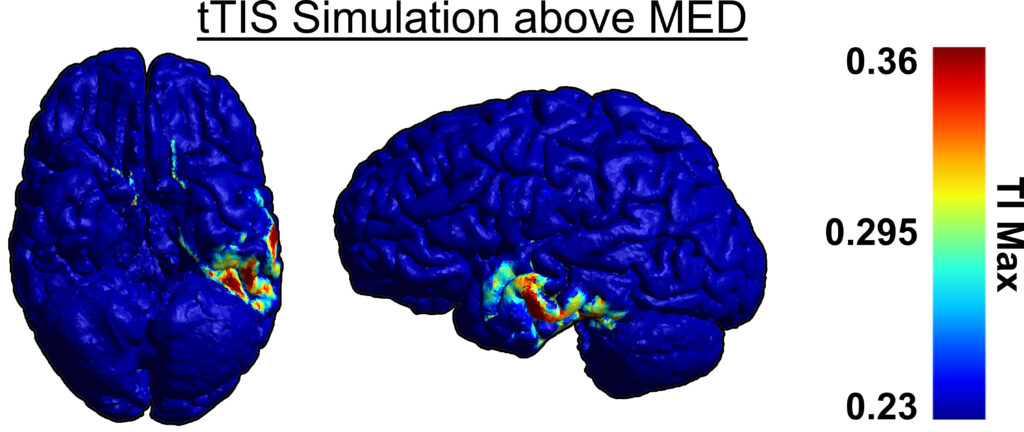Frontiers in Human Neuroscience
A paper co-authored by Dr. Daniel Gallagher, Ms. Huang Zian, and Dr. Ohta has been published in Frontiers in Human Neuroscience. To elucidate the brain mechanisms underlying developmental dyslexia, a congenital reading and writing disorder, we proposed a novel approach. This approach involves data-driven classification of developmental dyslexia subtypes based on abnormalities in brain function and structure measured by MRI. We then use transcranial temporal interference stimulation to non-invasively modify brain activity associated with each subtype.

Gallagher, D., Huang, Z., Ohta, S., “Modeling dyslexia in neurotypical adults by combining neuroimaging and neuromodulation techniques: a hypothesis paper,” Frontiers in Human Neuroscience, 19, 1651332, 2025. doi:10.3389/fnhum.2025.1651332
Abstract: Dyslexia is a prevalent developmental disorder marked by deficits in literacy skills. Given that the core deficits of dyslexia are uniquely human, animal models have not been as useful in dyslexia research as they have been in other areas of research. While significant progress has been made through behavioral and neuroimaging studies, a viable model could facilitate controlled investigations into the neural mechanisms underlying dyslexia and accelerate the development of targeted interventions. In this hypothesis article, we propose a two-pronged approach to model dyslexia in neurotypical adults using neuroimaging and neuromodulation techniques. First, we propose using functional and structural MRI data to cluster individuals into neuropathologically derived subgroups in order to facilitate the classification of dyslexia subtypes based on neuropathological characteristics. Second, we propose employing transcranial temporal interference stimulation (tTIS) to temporarily downregulate activity in brain regions specified in the clustering analysis, inducing subtype-specific dyslexic symptoms in neurotypical individuals. This approach enables the establishment of causal or probabilistic relationships between neuropathologies and dyslexia subtypes, while at the same time creating dyslexia models to facilitate investigation into subtype-specific interventions. Although this model is somewhat limited by the transient nature of neuromodulation as well as by the use of healthy adults to model a developmental disorder whose symptoms first arise in childhood, it is a meaningful step towards refining our understanding of the neural basis of dyslexia subtypes and it opens the door to novel and effective therapies. By integrating neuroimaging and neuromodulation, we hope to offer a viable substitute for animal models in dyslexia and accelerate the development of personalized therapeutic strategies for dyslexia.

